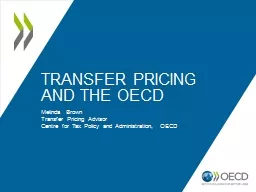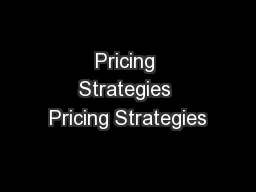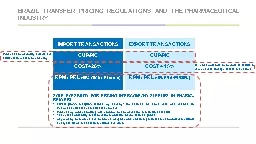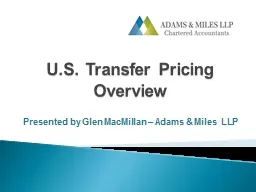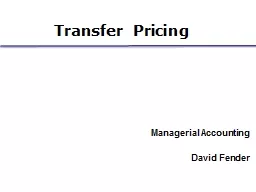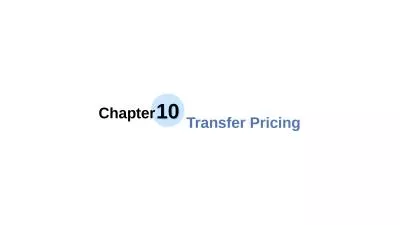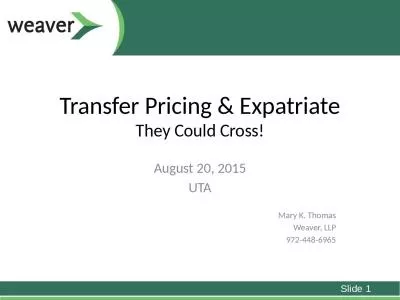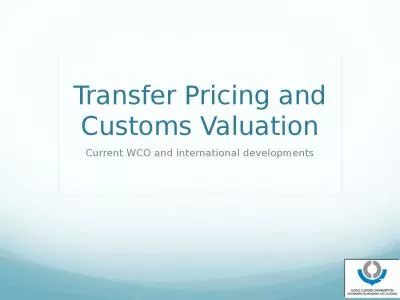PPT-Transfer Pricing
Author : olivia-moreira | Published Date : 2016-03-05
Industry Benchmarking for select Industries Bhupendra Kothari Villy Dhabhar 28 October 2012 Contents Sector Based Transfer Pricing Policy Manufacturing Sector
Presentation Embed Code
Download Presentation
Download Presentation The PPT/PDF document "Transfer Pricing" is the property of its rightful owner. Permission is granted to download and print the materials on this website for personal, non-commercial use only, and to display it on your personal computer provided you do not modify the materials and that you retain all copyright notices contained in the materials. By downloading content from our website, you accept the terms of this agreement.
Transfer Pricing: Transcript
Download Rules Of Document
"Transfer Pricing"The content belongs to its owner. You may download and print it for personal use, without modification, and keep all copyright notices. By downloading, you agree to these terms.
Related Documents




